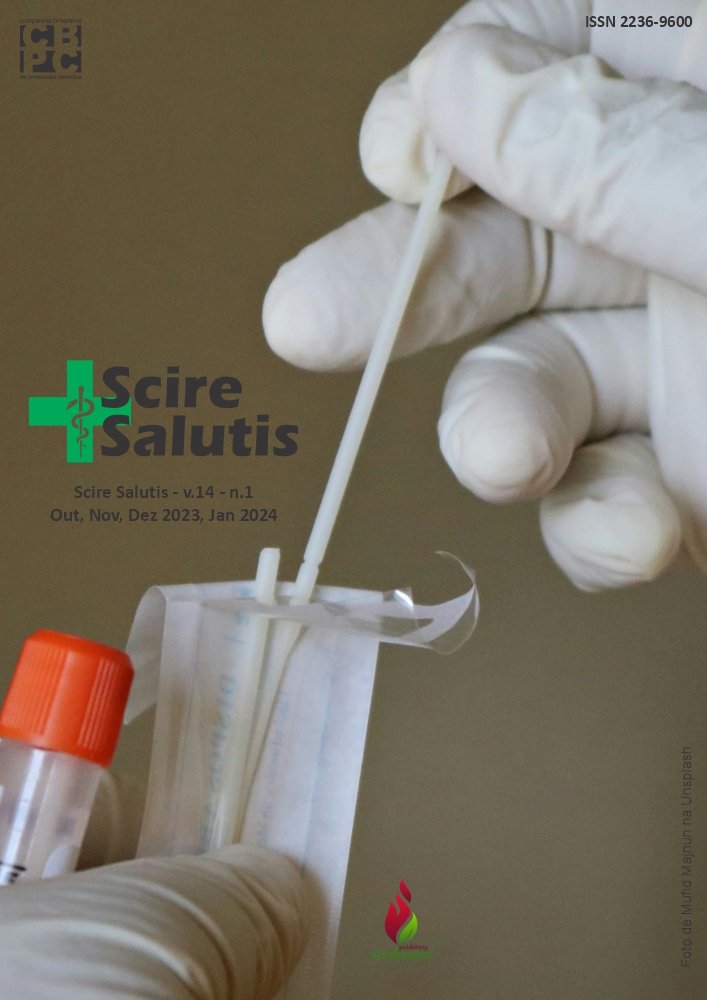Genetic aspects of SARS-COV-2
DOI:
https://doi.org/10.6008/CBPC2674-6506.2021.001.0004Keywords:
COVID-19, Pathophysiology, GeneticsAbstract
SARS-Cov2 develops through human airway epithelial cells, using angiotensin 2 converting enzyme (ACE2) cells as a receptor, installing itself in the human body very quickly, due to the presence of the Spike protein that enters the host cells in this way the infection sets in the moment you have the lower respiratory tract infection. Transmembrane protease is the enzyme encoded by the TMPRSS2 gene in humans that aids in homeostasis, a vital host agent in the contamination of COVID-19. SARS-CoV-2 enters cells through membrane diffusion, slowing down the regulation of ACE2, after delaying ACE2 and upon entry, the replication process begins and then through the multiplicative step. The purpose of this article is to demonstrate the genetic characteristics of Sars-Cov-2. Therefore, a descriptive and exploratory research with a qualitative approach was carried out and a bibliographic survey was carried out in the following databases: sciELO, Pubmed, International Associations, with the descriptors coronavirus, genetics, pathophysiology. The coronavirus in conjunction with COVID-19 is 75 - 80% similar to the SARS-CoV coronavirus (severe acute respiratory syndrome) and through the process of infection proteases are released, creating reactive oxygen species (ROS) in host cells that are toxic to the cellular system, making the immune system active defense mechanisms.
Downloads
Published
Issue
Section
License
Copyright (c) 2021 Health of Humans

This work is licensed under a Creative Commons Attribution-NonCommercial-NoDerivatives 4.0 International License.
The CBPC - Companhia Brasileira de Produção Científica (Brazil CNPJ: 11.221.422/0001-03) the material rights of the published works. The rights relate to the publication of the work anywhere in the world, including rights to renewals, expansions and dissemination of the contribution, as well as other subsidiary rights. All electronically published works may subsequently be published in printed collections under the coordination of this company and / or its partners. The authors preserve the copyright, but are not allowed to publish the contribution in another medium, printed or digital, in Portuguese or in translation.








